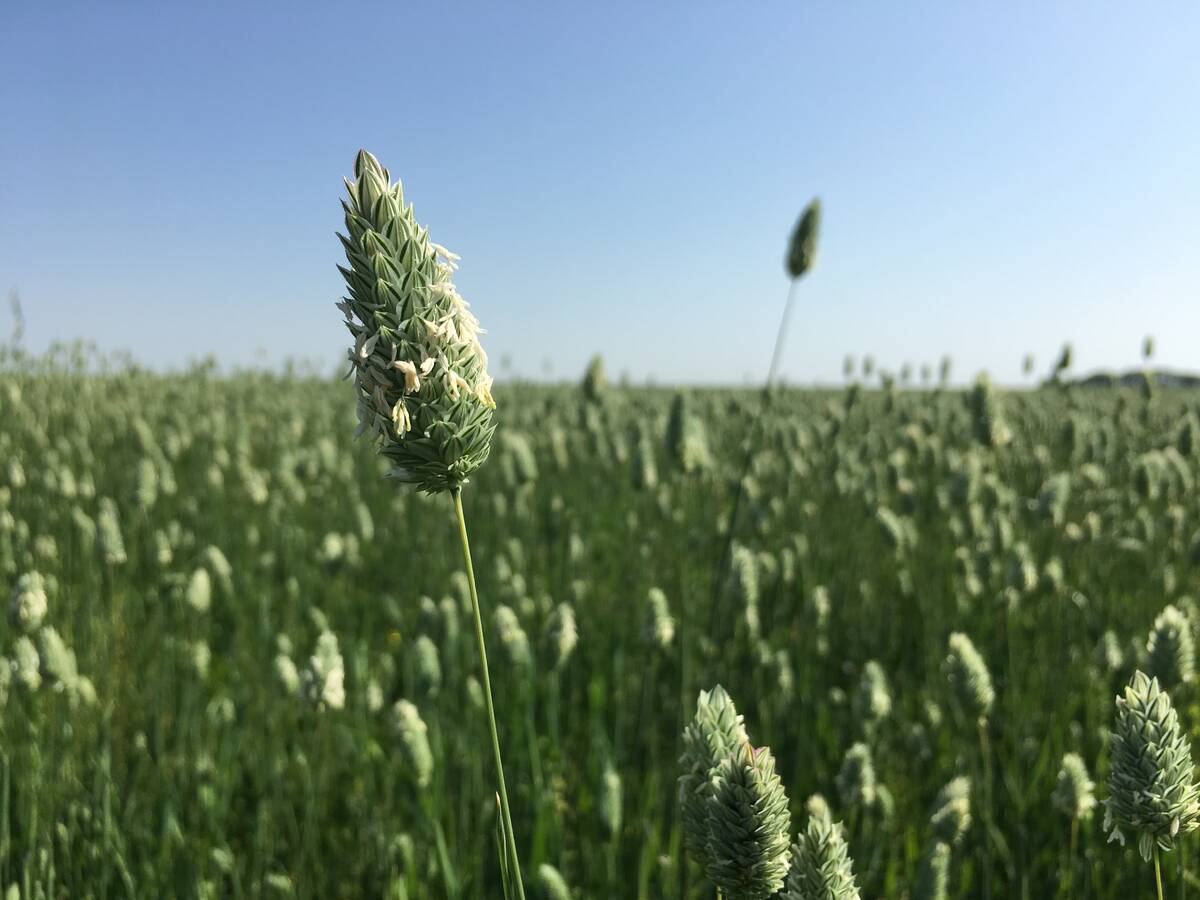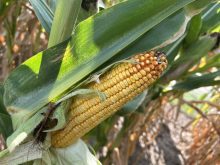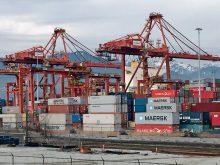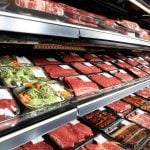Six weeks ago the hog market was gloom, doom and more gloom. Most analysts predicted a difficult 2008, with no relief anticipated until 2009.
But in the last month and a half, futures prices on the Chicago Board of Trade have increased to almost $78 per hundredweight from less than $60.
Index 100 hogs on the Prairies have risen from near $90 per hundred kilograms in mid March to nearly $140 May 13.
The price surge caught everyone off guard, except livestock analyst Kevin Grier.
“I saw it coming all along. I was the only one in North America that saw it,” said Grier, who did a fine job of holding back a laugh while he touted his prognostication skills.
Read Also

No special crop fireworks expected
farmers should not expect fireworks in the special crops market due to ample supplies.
Putting the laughs aside, the market analyst with the George Morris Centre in Guelph, Ont., said the price strength is coming from the demand side.
“The only plausible explanation is surging export markets,” said Grier. Offshore demand added to the usual spring bounce in domestic pork demand prior to the barbecue season.
A combination of greater demand and a lower U.S. dollar has prompted a boom in American exports. U.S. pork exports were up 39 percent in the first quarter of 2008, compared to the same period last year, according to the U.S. Meat Export Federation.
The U.S. exported 366,000 tonnes from January to March, selling 11 percent more to Japan, which is the largest buyer of American pork.
Canadian statistics are not available for the same period, but to the end of February pork exports were up 4.7 percent over last year, based on Statistics Canada data.
Jacques Pomerleau, executive director of Canada Pork International, said three issues are holding back Canadian numbers.
- A dispute between Russia and Canada over how to issue import licences has halted Canadian exports to Russia since April 1.
Last year, Russia was Canada’s third largest customer for pork, buying 90,000 tonnes
- Chinese feed additive regulations have cut exports to that market.
- Shipping has become a problem this year.
“The major constraint right now to exports is a lack of containers,” Pomerleau said.
Despite the problems, and a decline in Canadian production, Pomerleau is encouraged that Canadian pork exports are still rising.
The American export numbers did include bad news for the Canadian industry. The United States sold 22 percent more to Canadian buyers in the first three months of 2008 than it did for the same period last year.
The rise in pork prices, which is narrowing producers’ losses as they struggle with high feed costs, is welcome news for a North American industry that has had a difficult winter. However, market analysts are not convinced the higher prices are here to stay.
“We tend to have the highest hog prices of the year sometime around June,” said Ron Plain, professor of agricultural economics at the University of Missouri.
Plain described the U.S. export performance as “fabulous” but expected prices to drop once the traditional spring rally is over.
“We should be back in the red ink in the not too distant future,” said Plain, who publishes a weekly comment on hog markets.
Grier agreed that the recent price gains are partly seasonal.
“Somebody told me it’s like a spring rally on steroids,” Grier said.
“I cannot explain this (rally) in any statistical way …. When I can’t explain it, I say this has to be a short-term phenomenon.”
Grier said slaughter numbers remain 10 percent above last year and yet prices are slightly higher than 2007, which doesn’t make economic sense. Therefore, the only fundamental keeping prices high into the summer is packers needing a large number of hogs to satisfy export markets.
Grier is skeptical that scenario will persist.
“I wouldn’t bet on it.”
However, the global hog supply is likely to shrink significantly in the coming months, which should help support prices in the longer term. High feed costs have prompted European hog producers to cut their breeding herds, similar to what’s happened in Canada. Denmark, the European Union’s largest pork exporter, recently said its hog herd as of April 1 had shrunk by 10 percent from last year at the same time.















